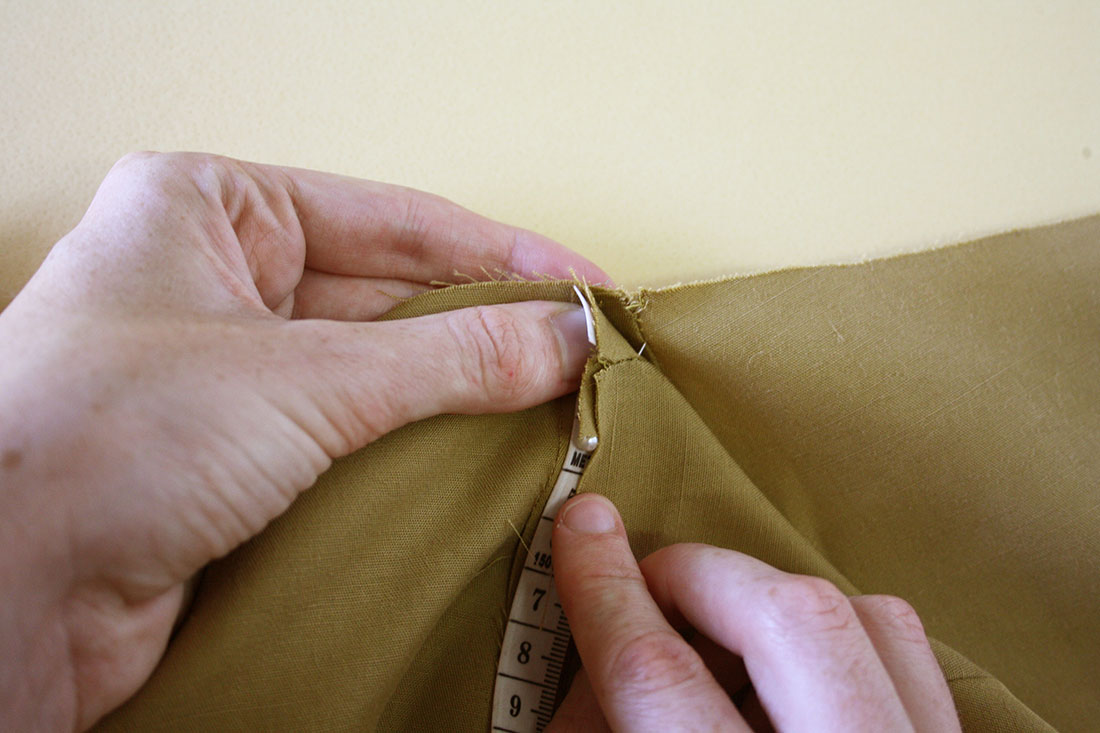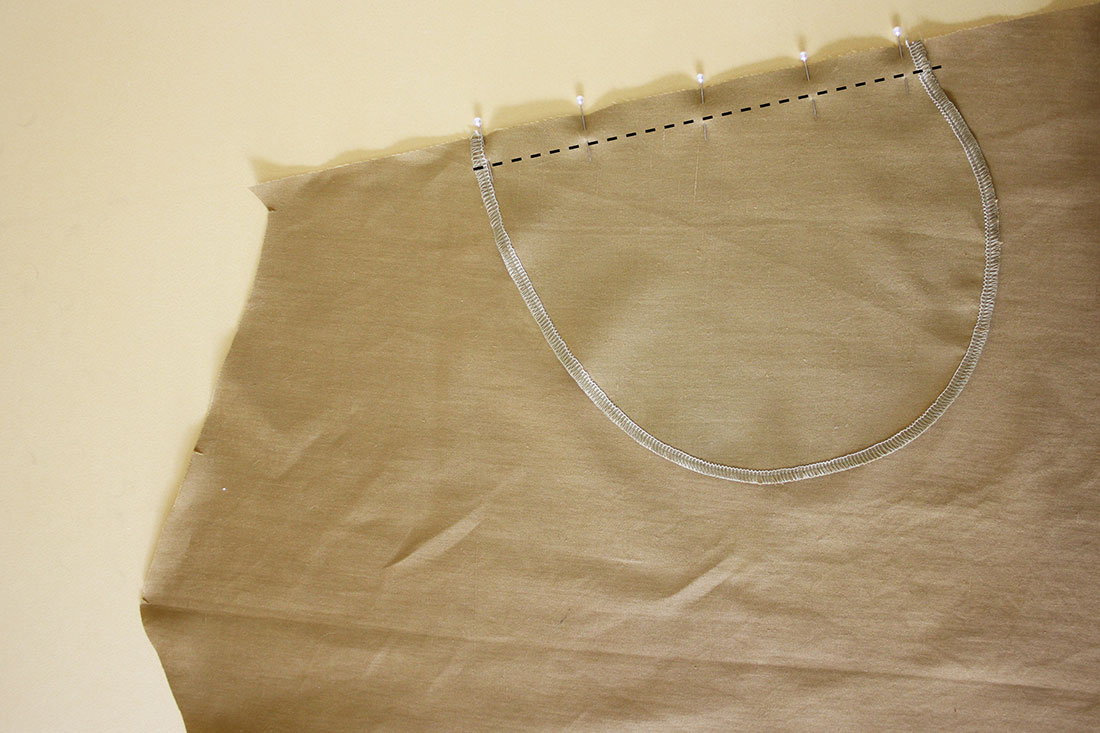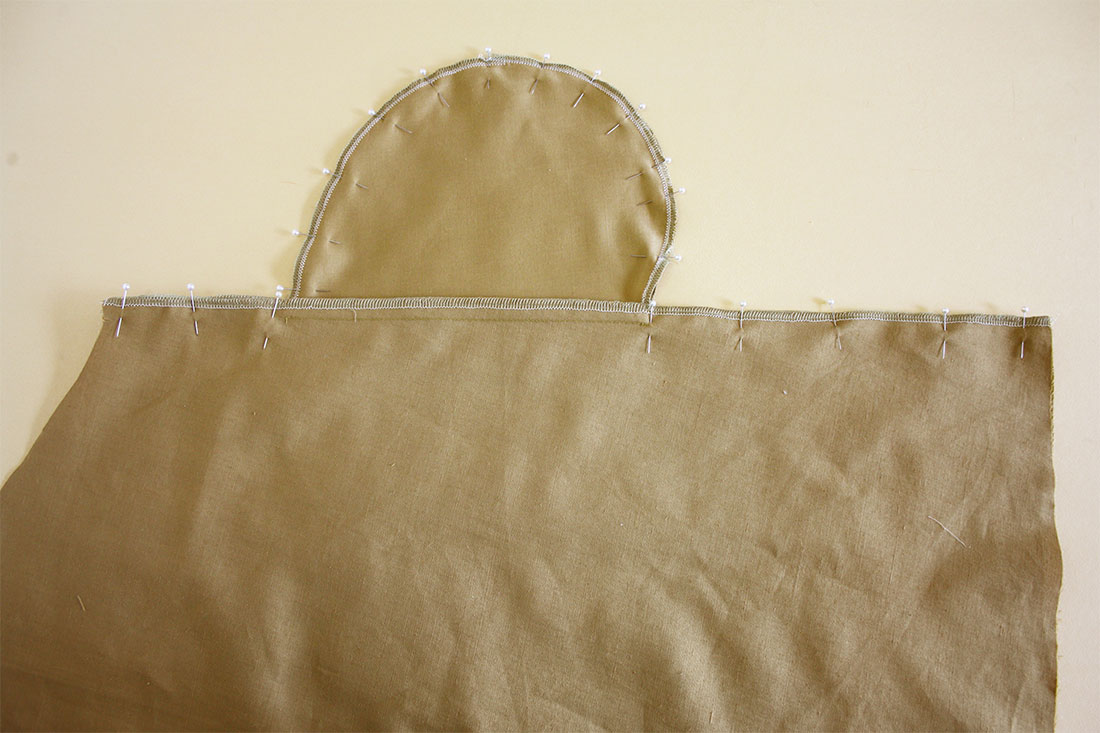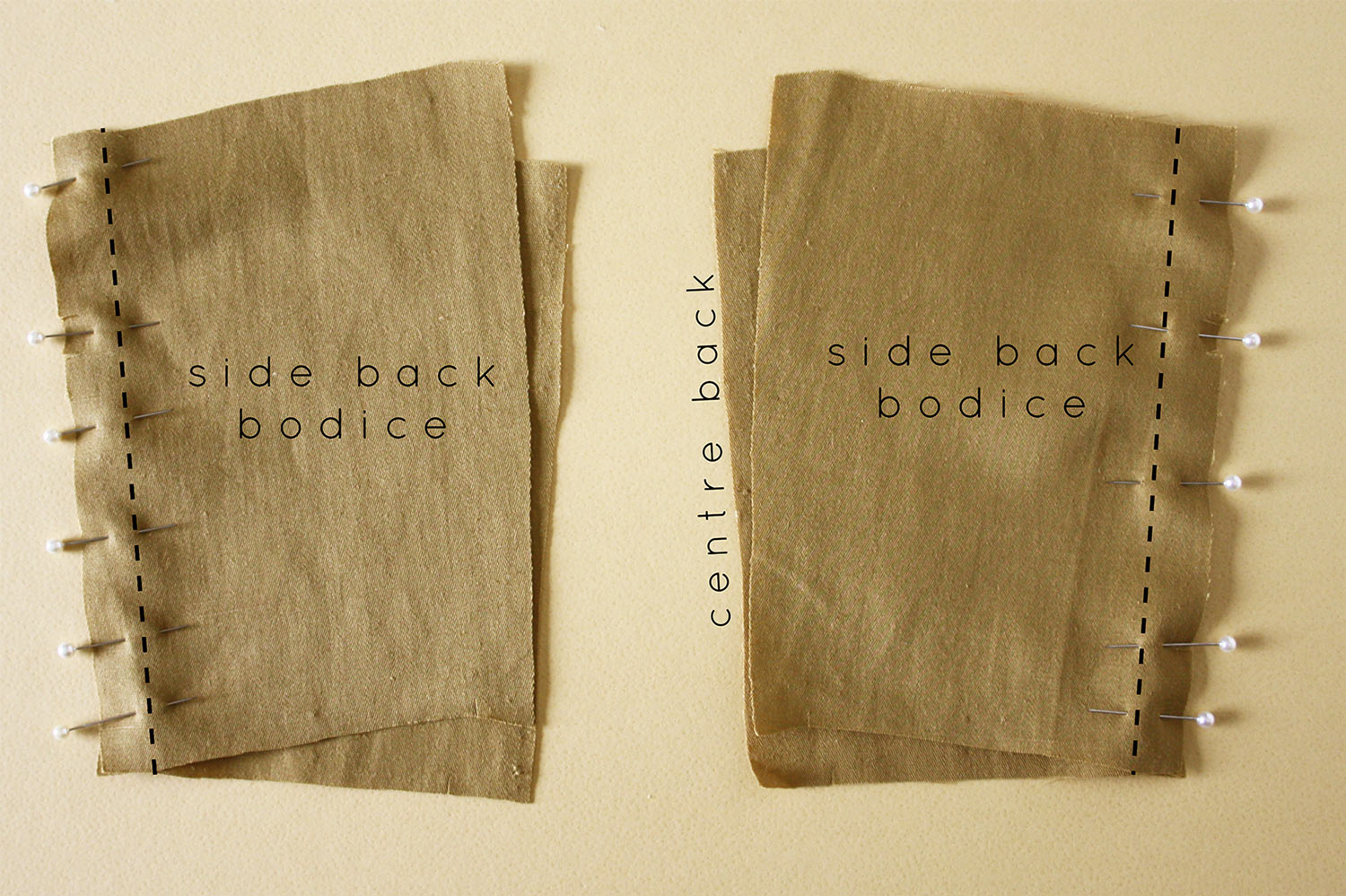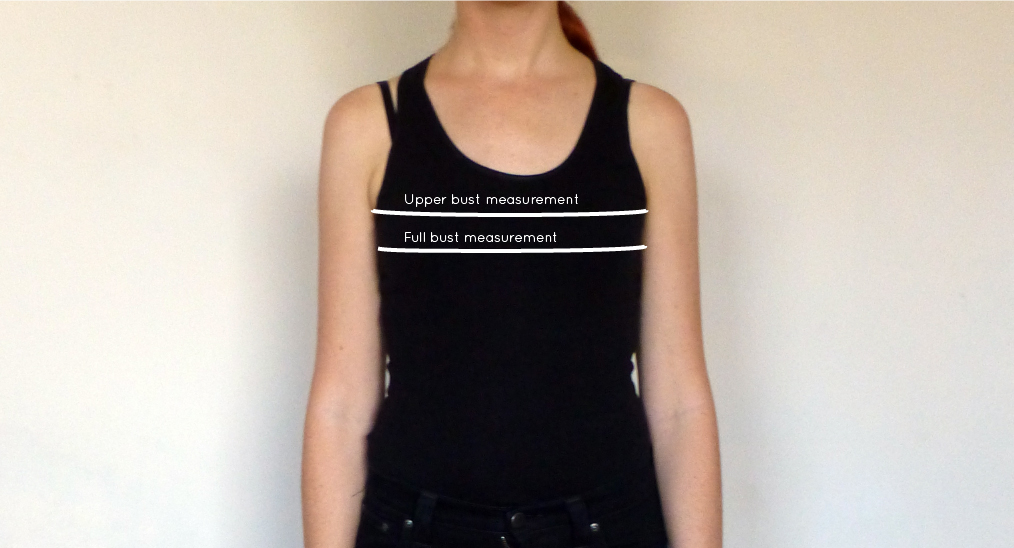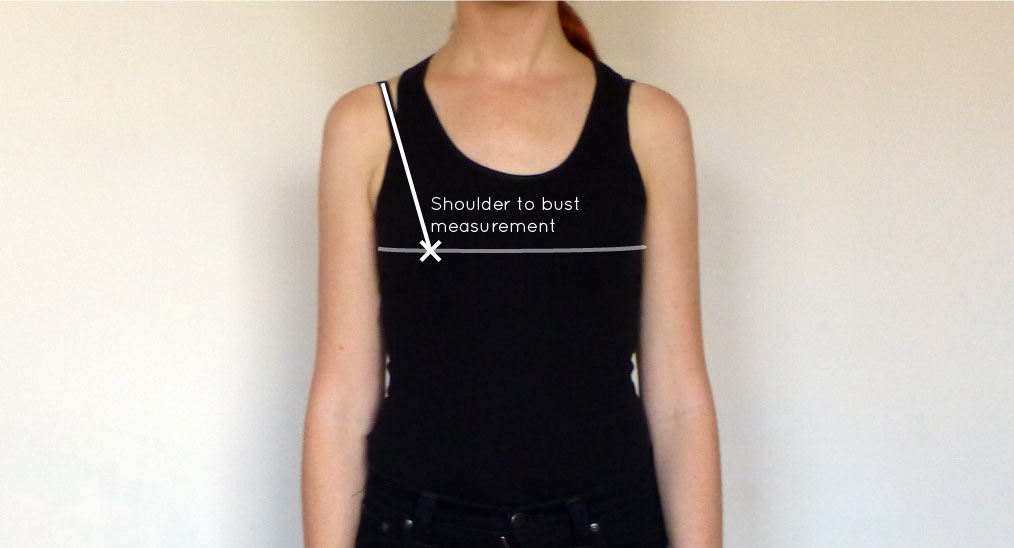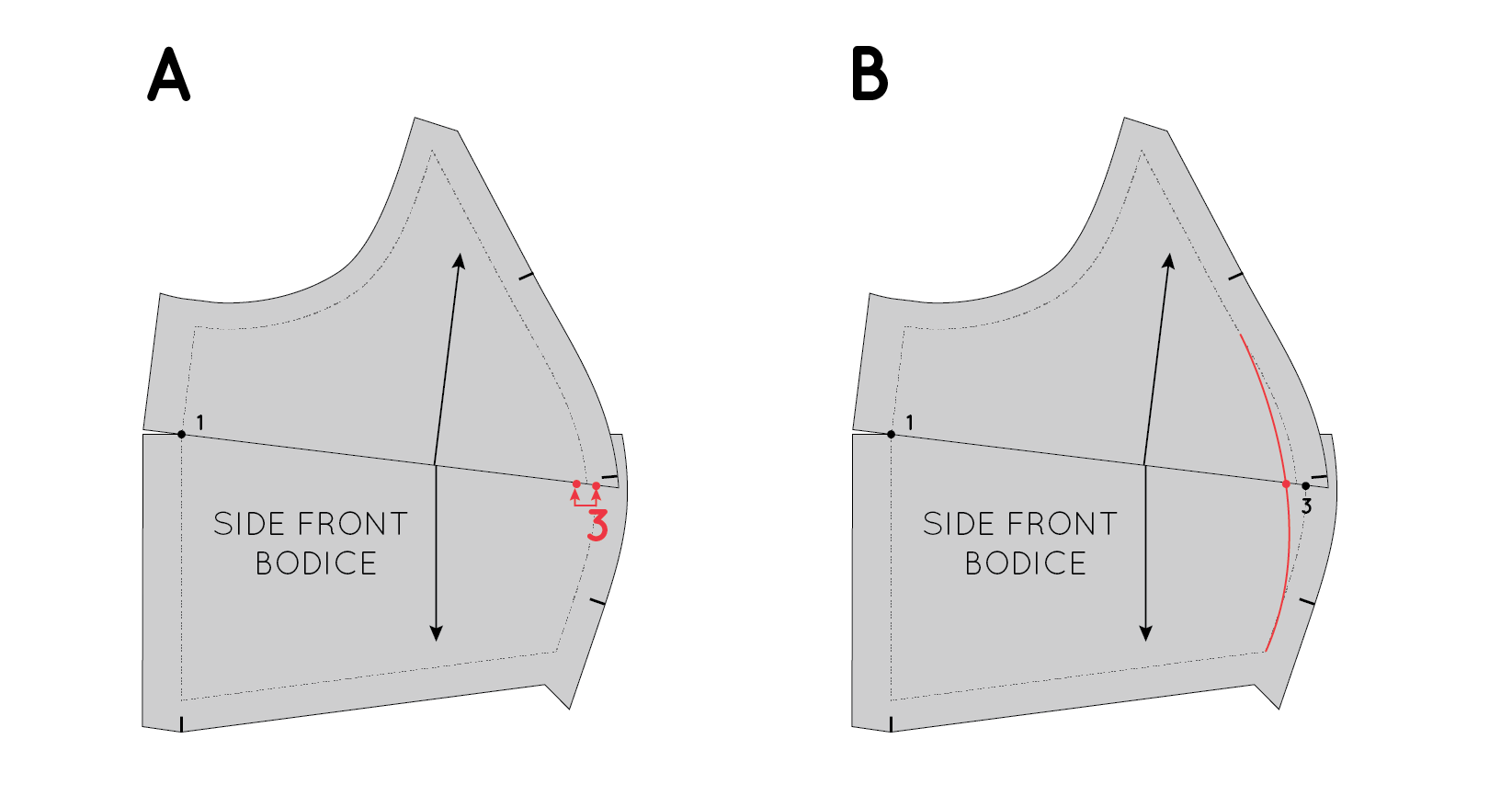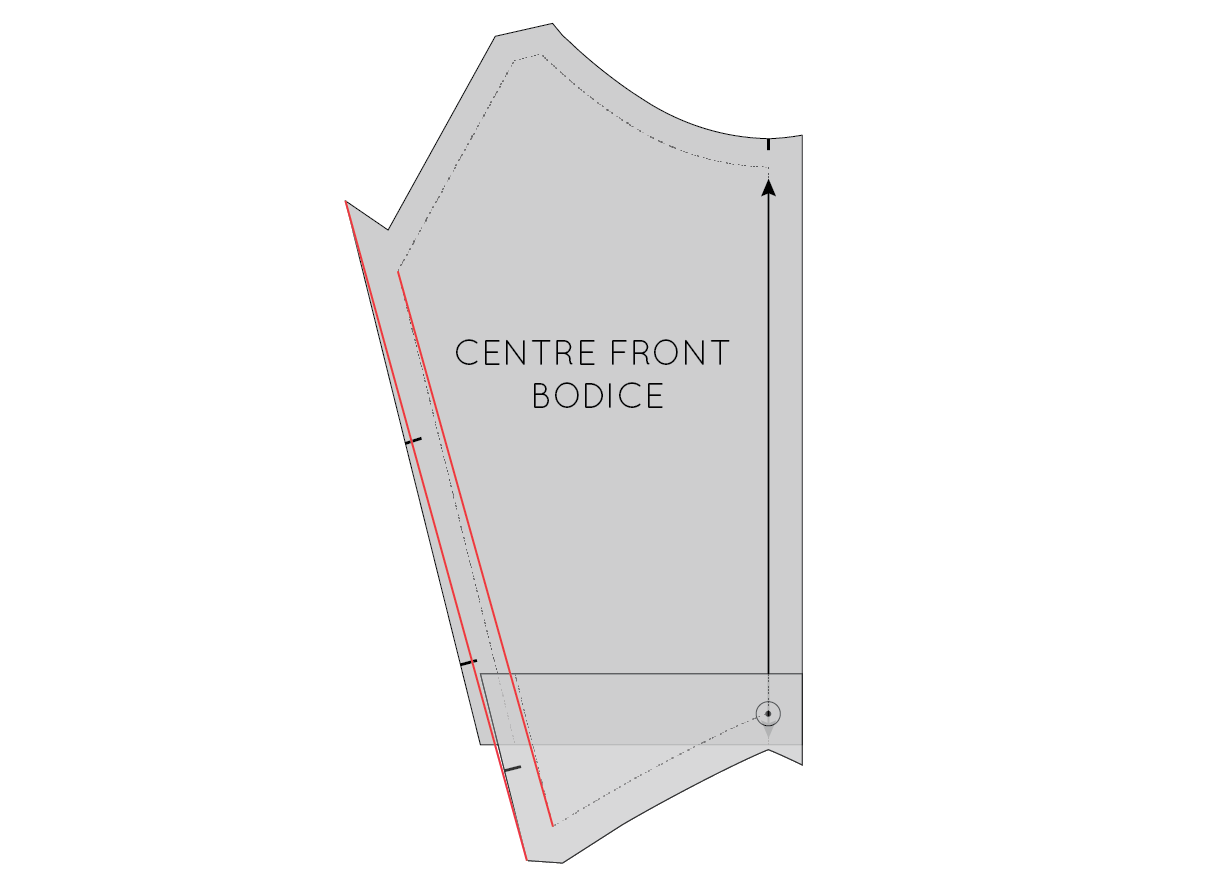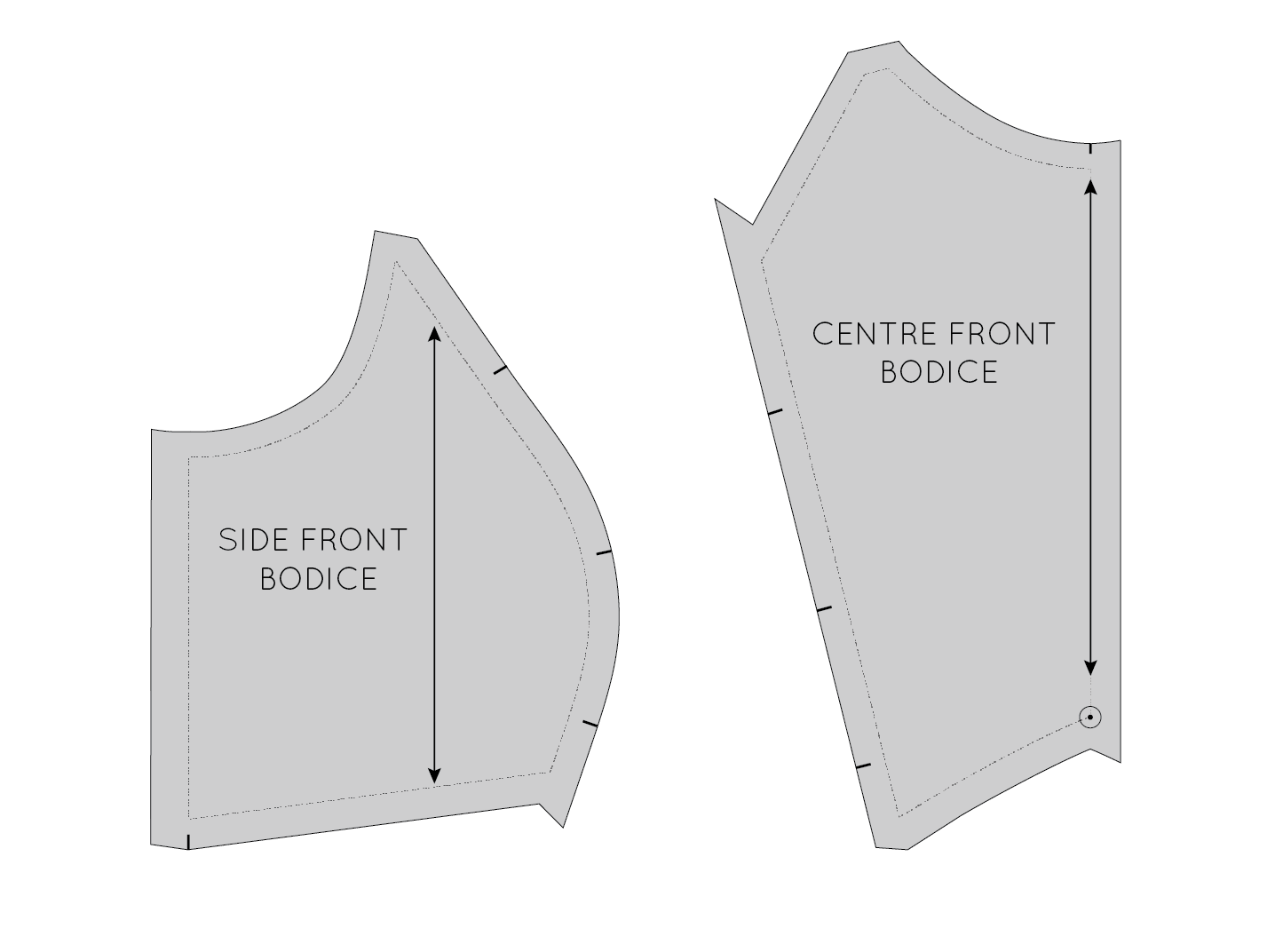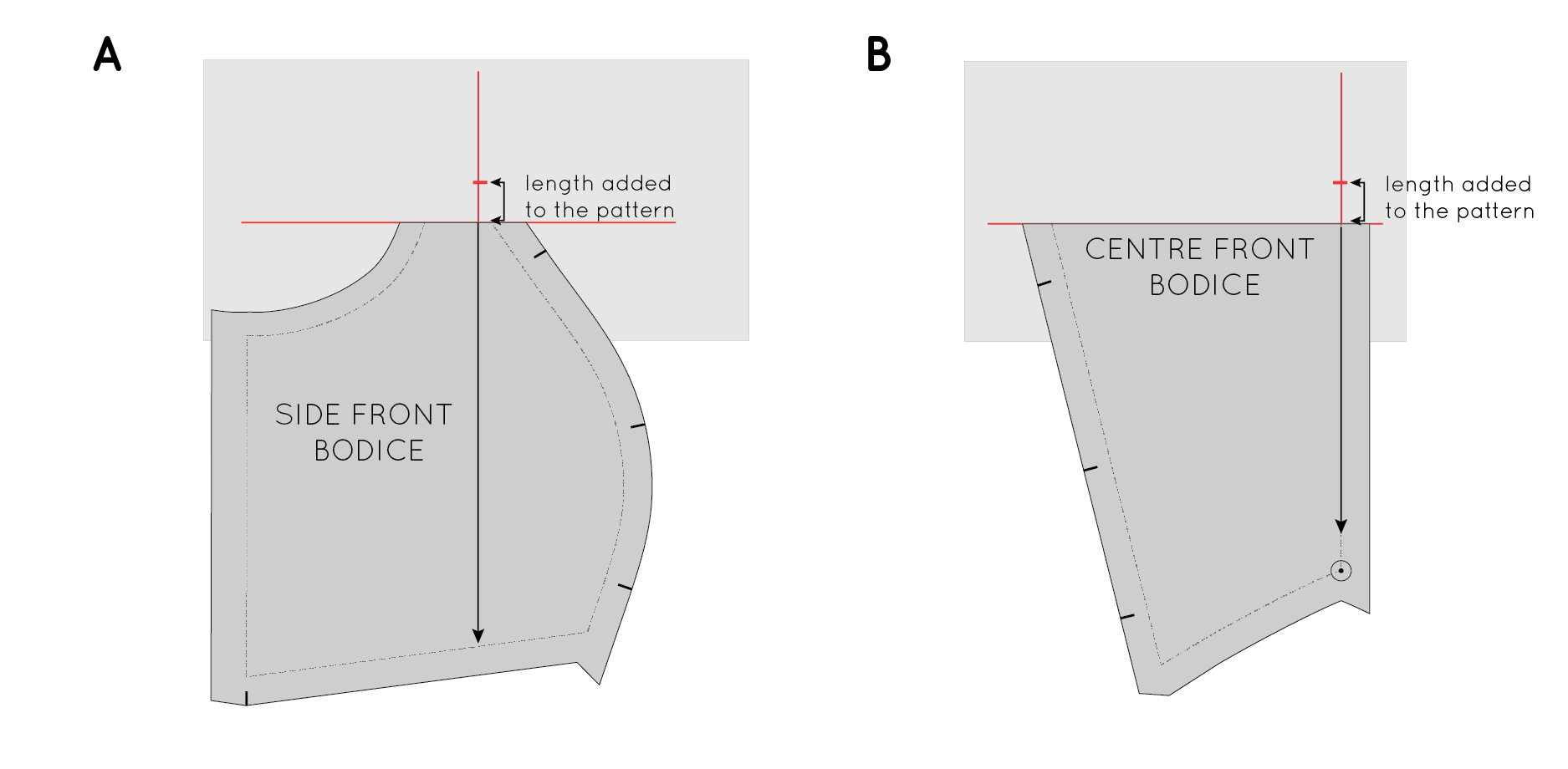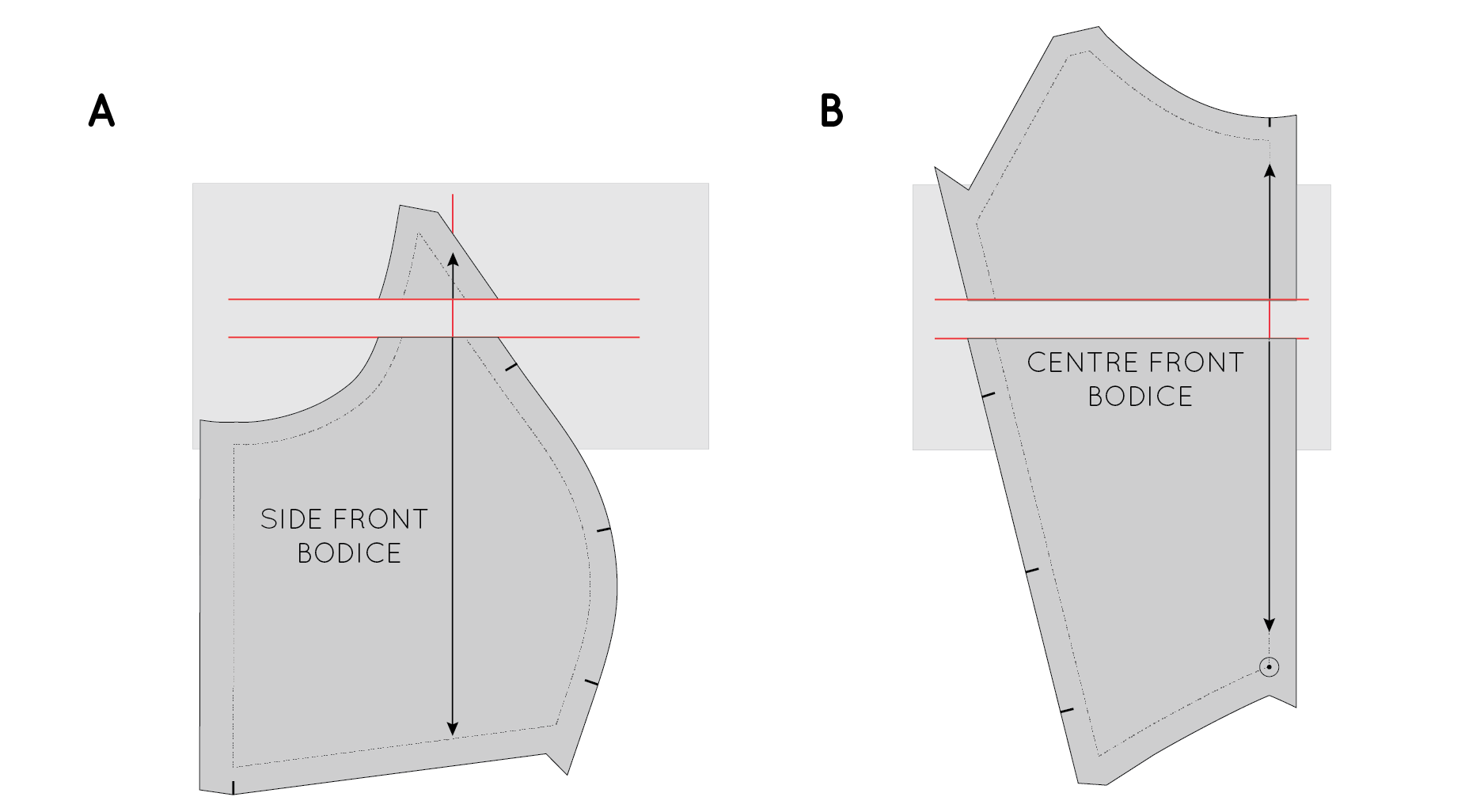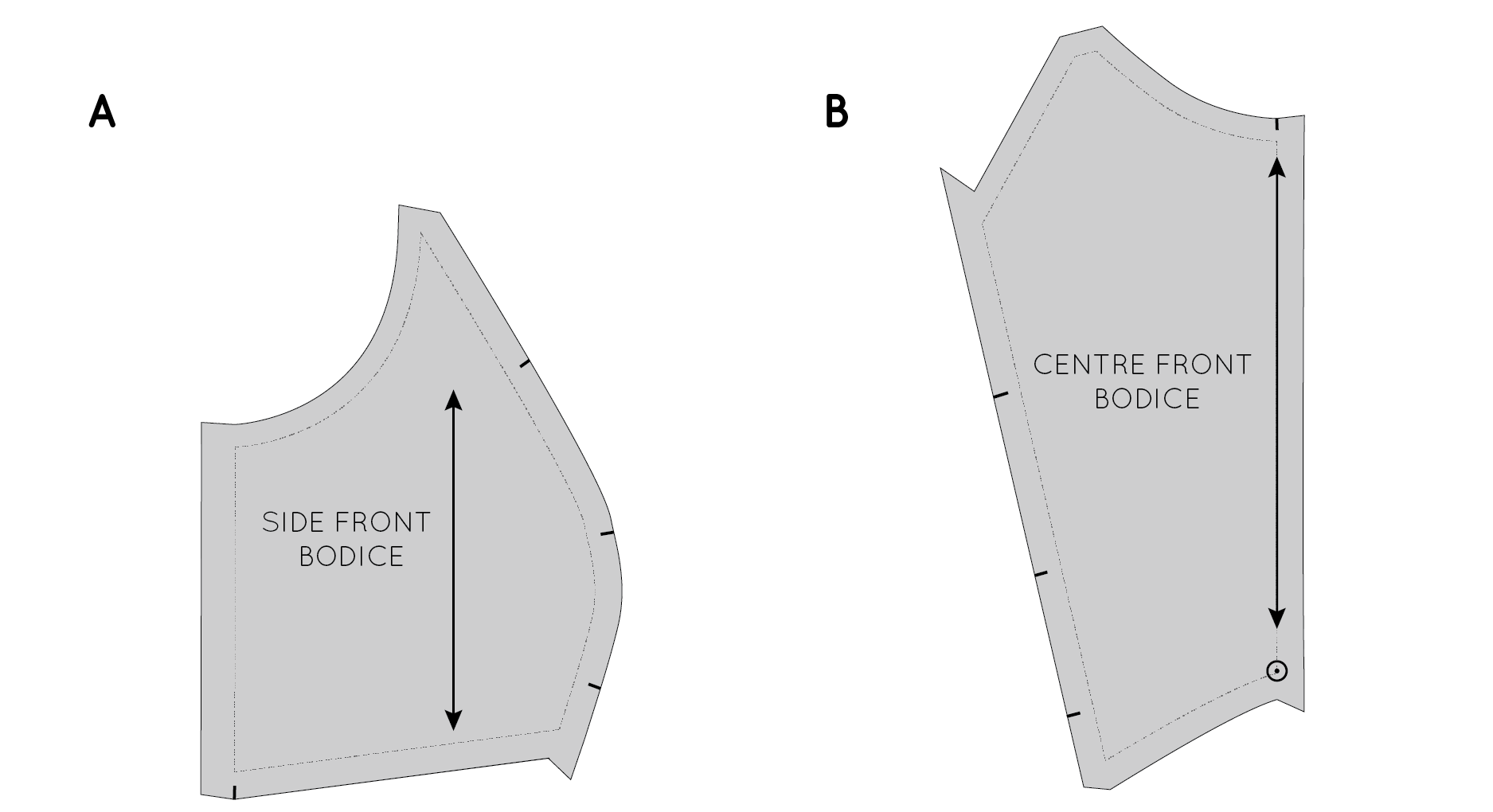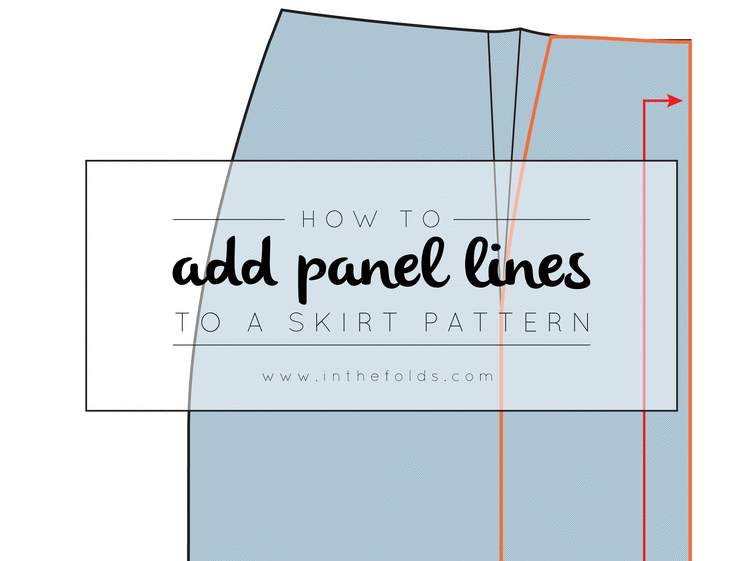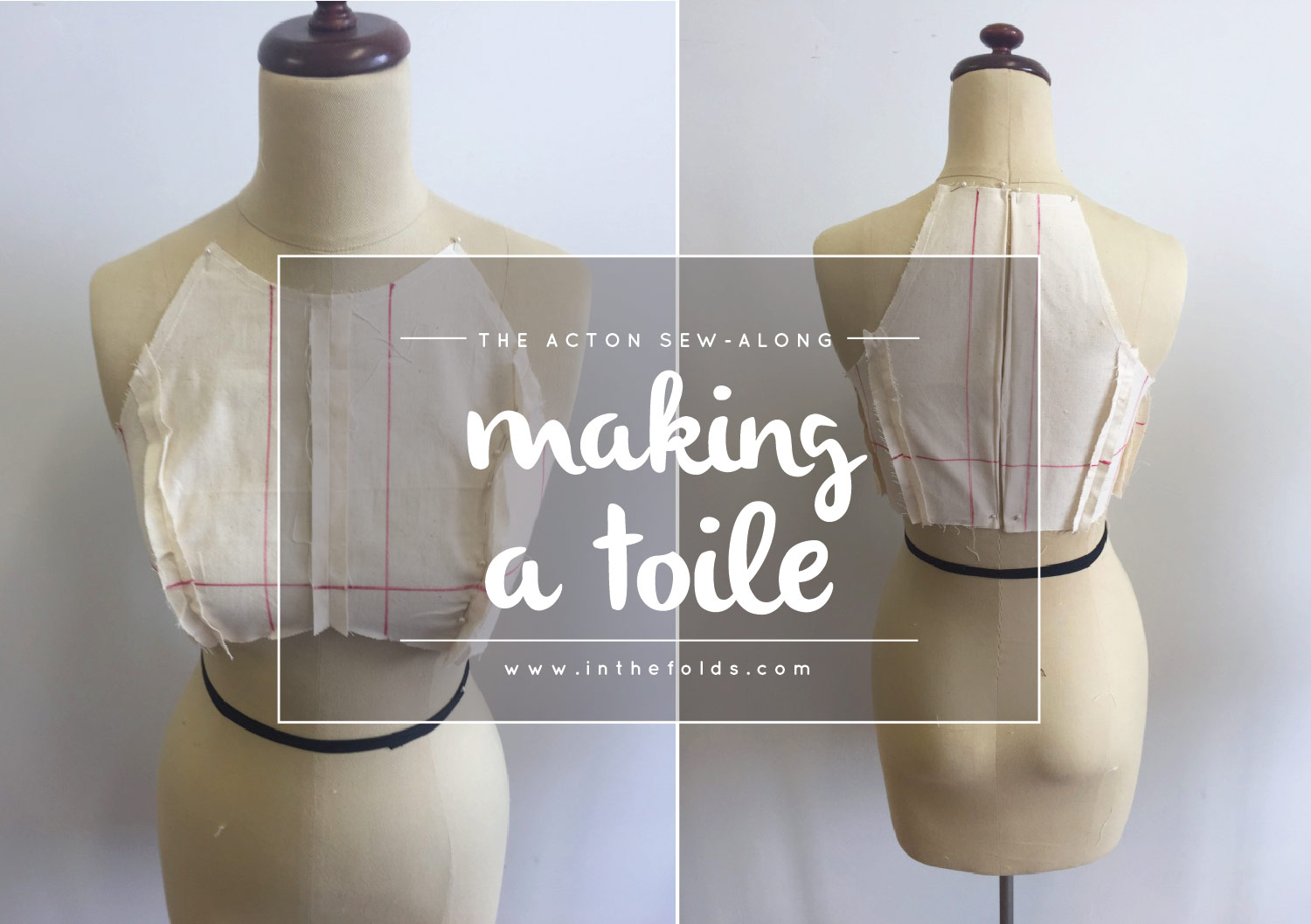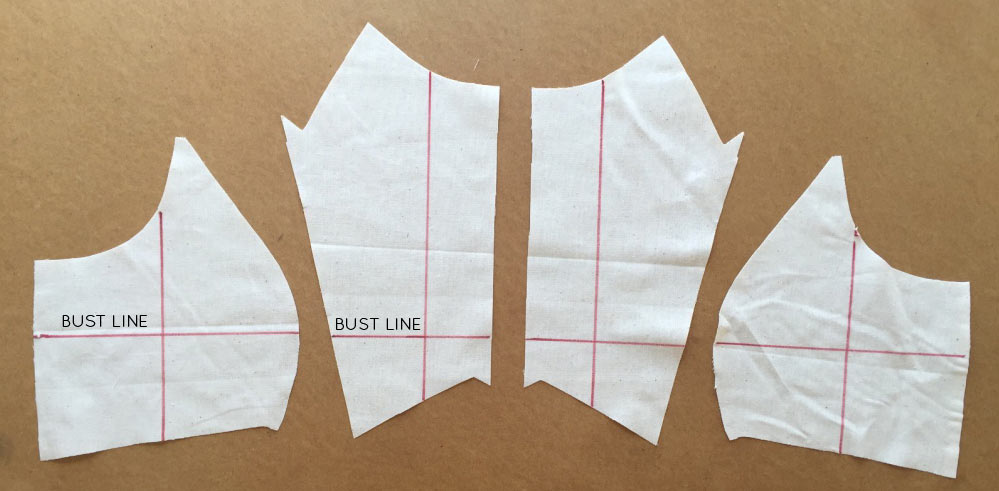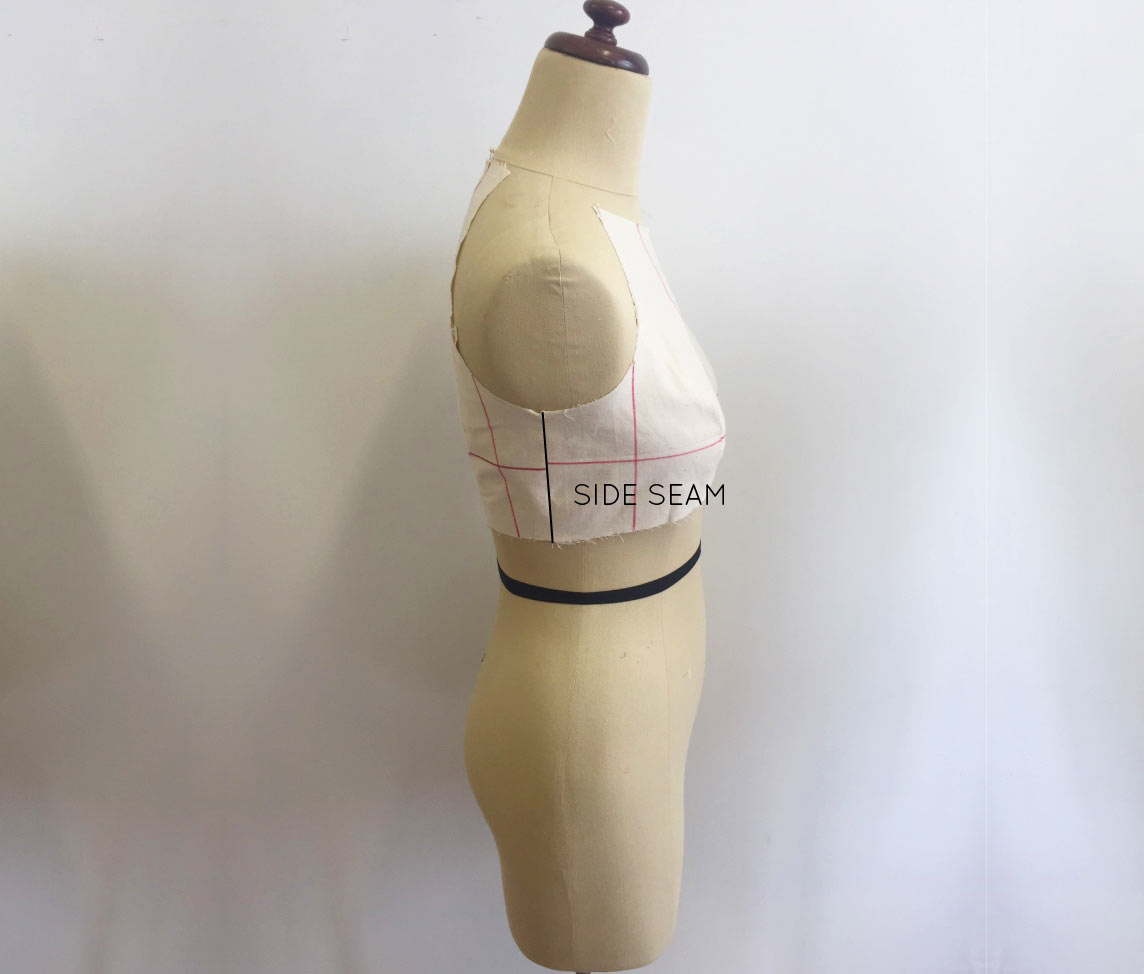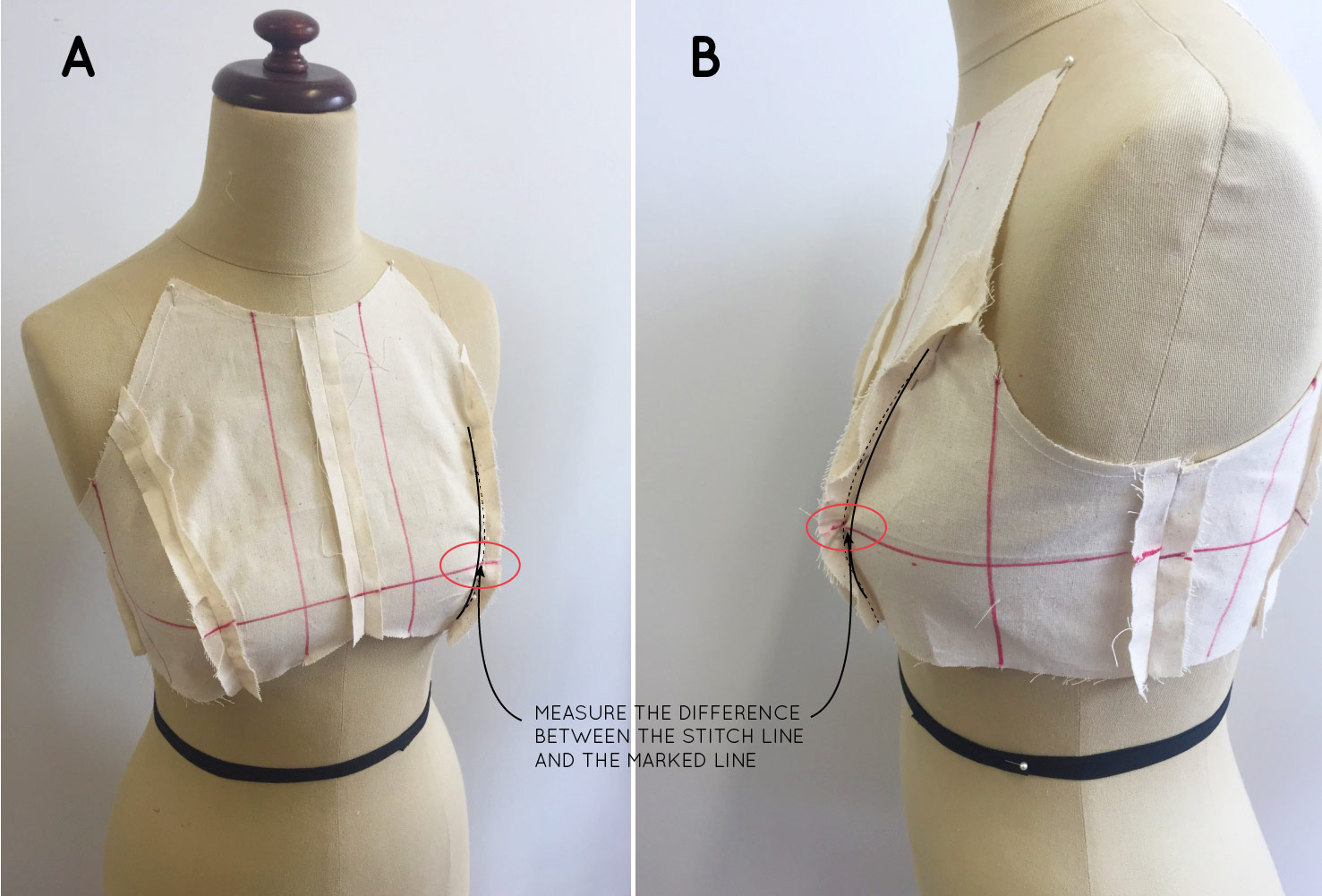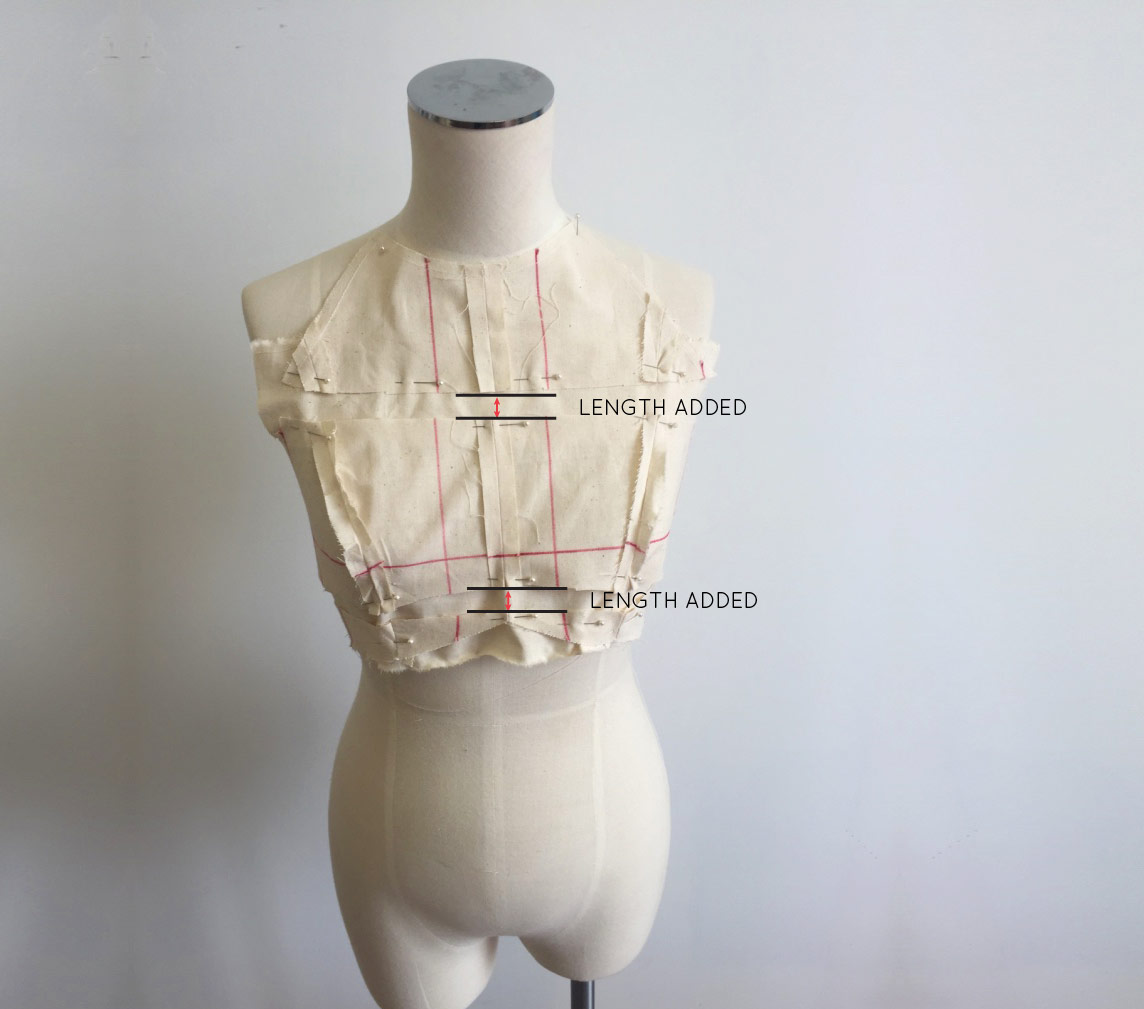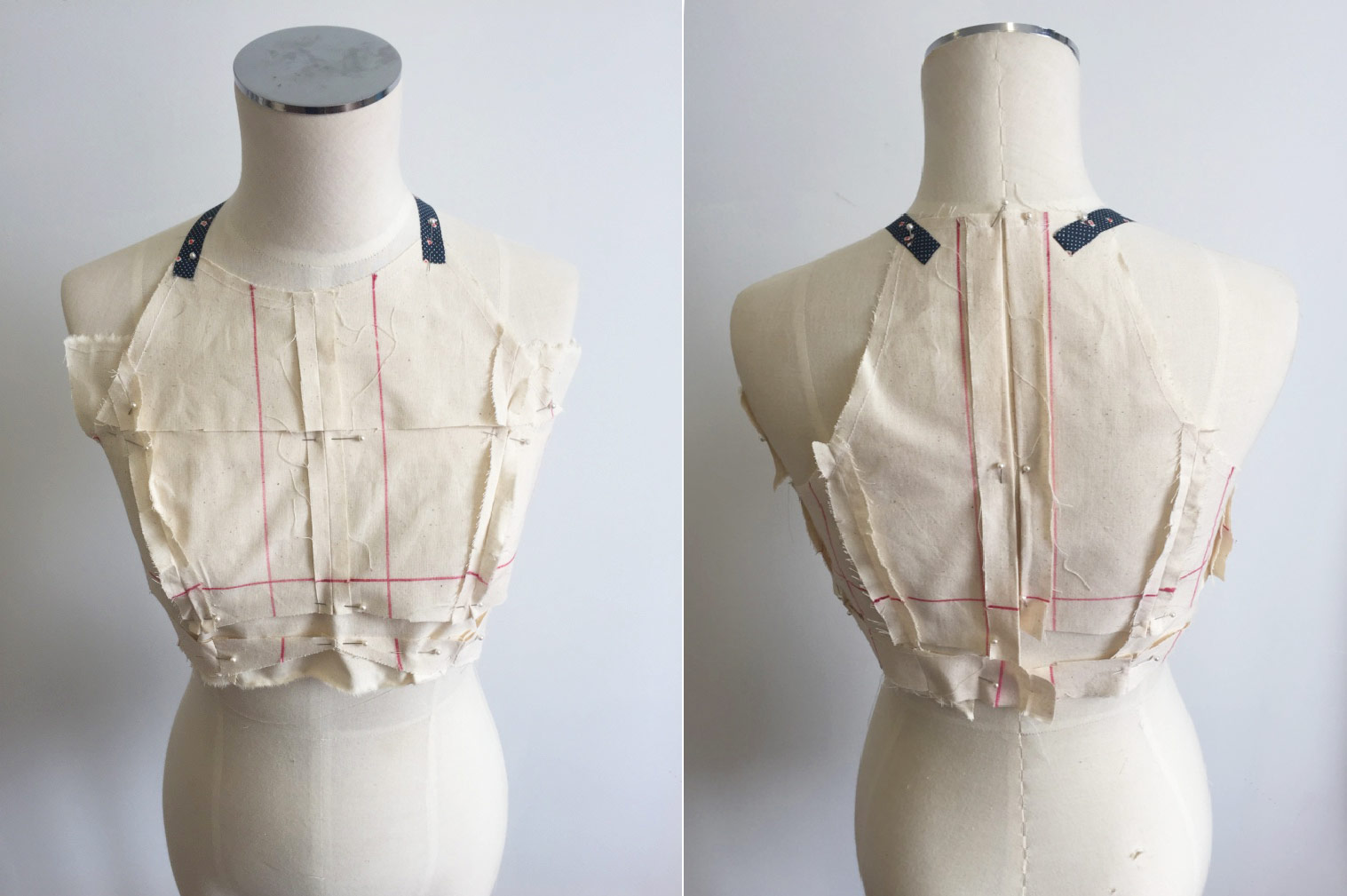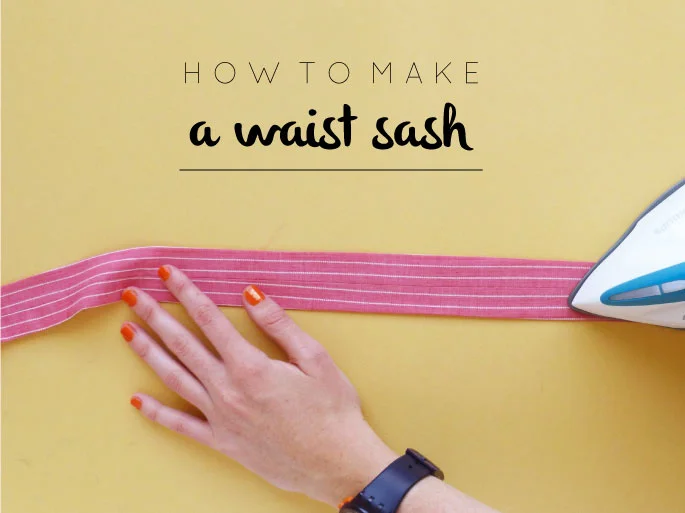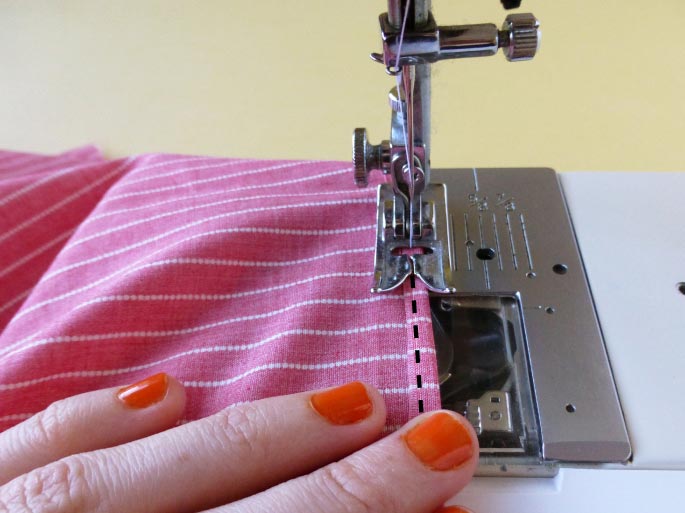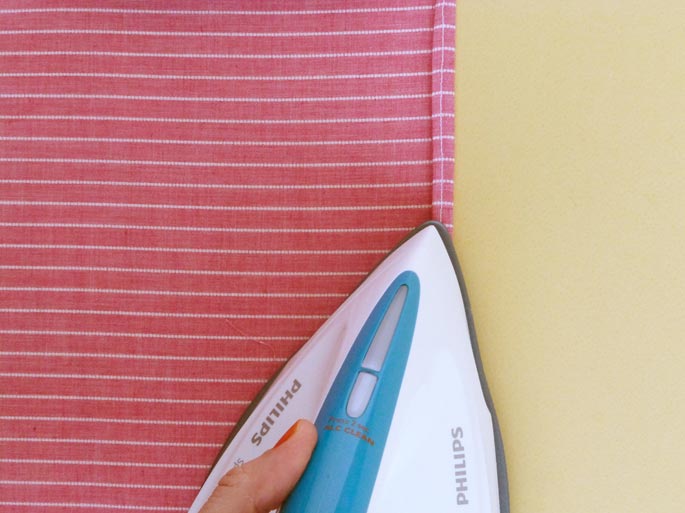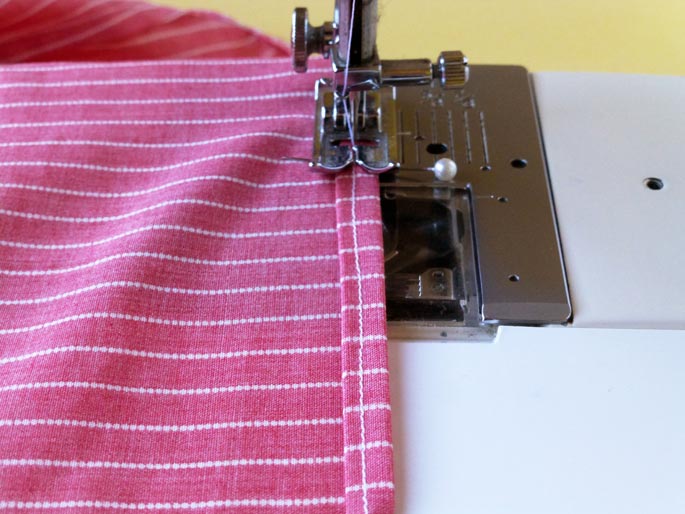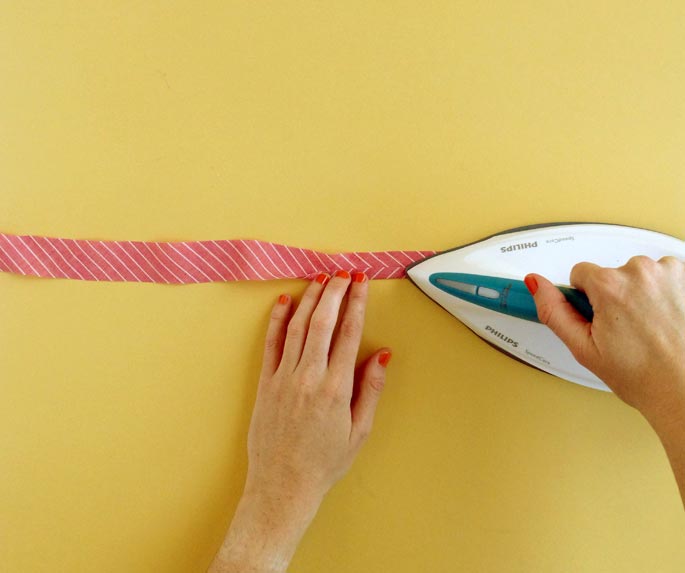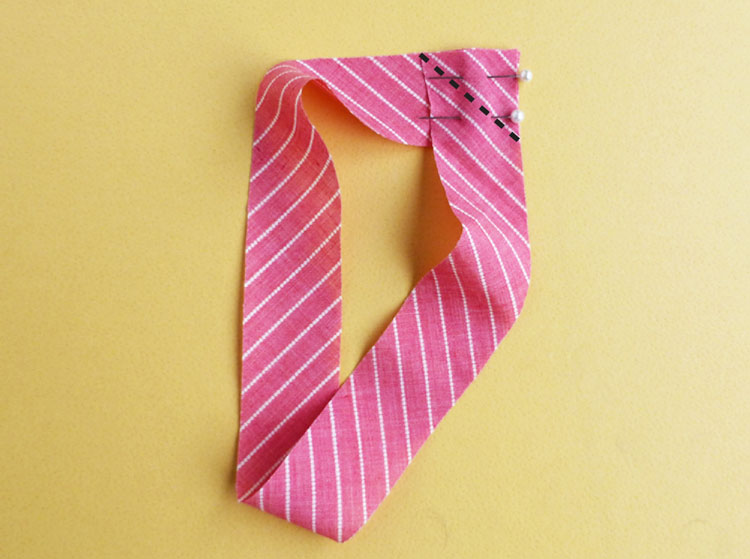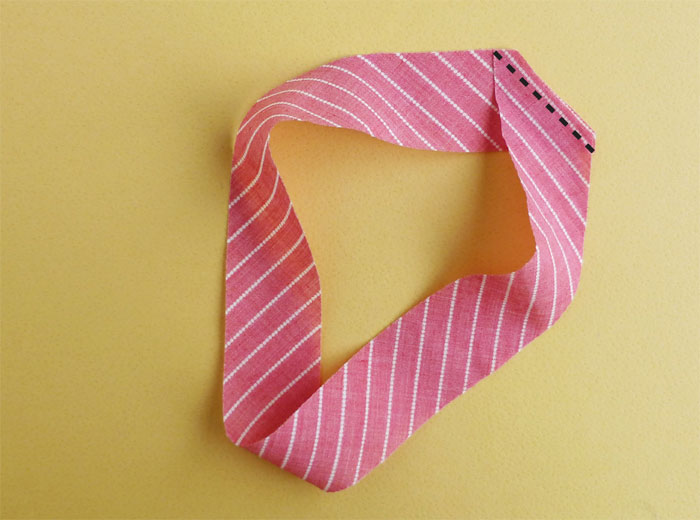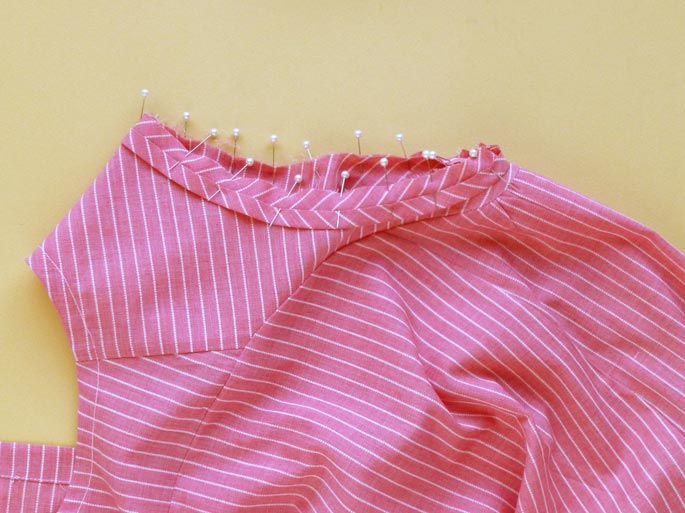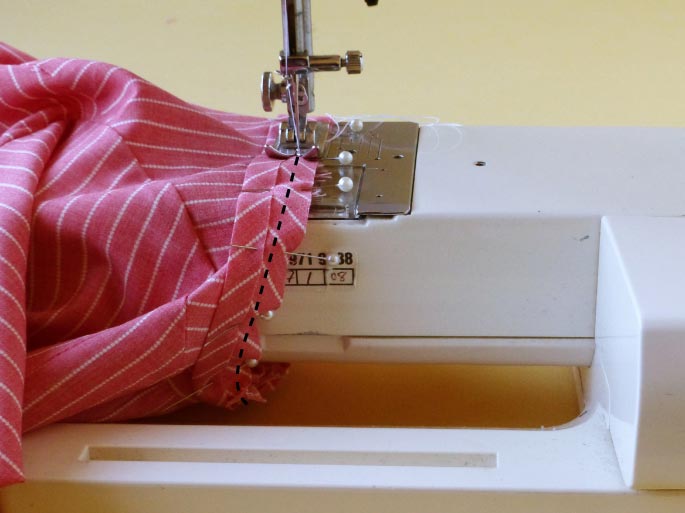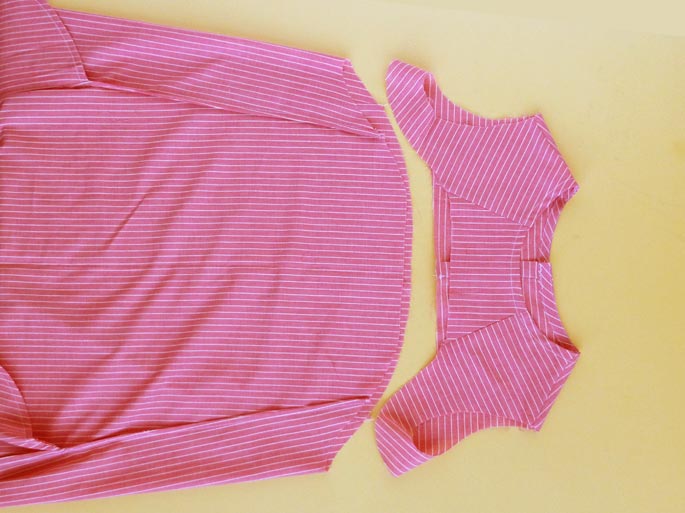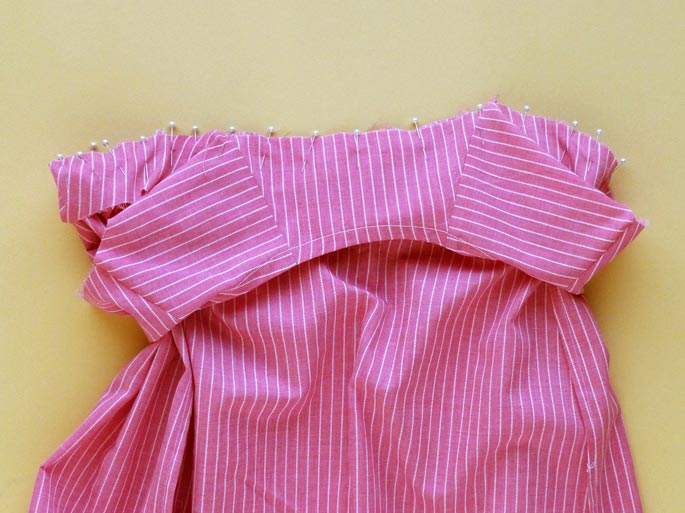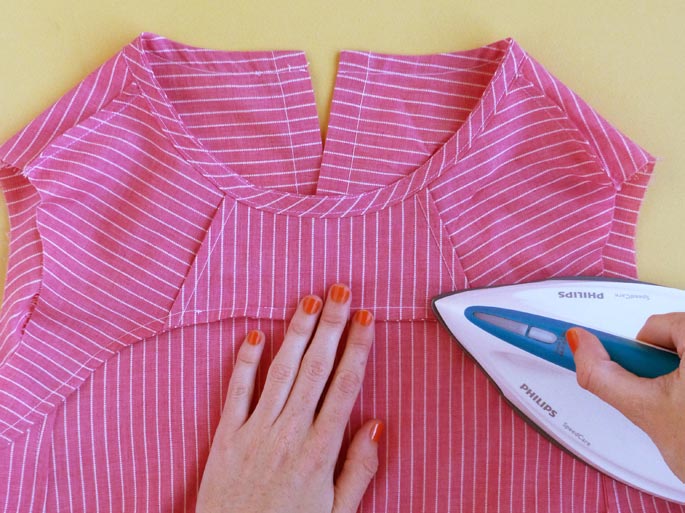If you have been following along with the Acton sew-along, you will know we have almost finished sewing the Acton with A-line skirt (view A), which means that tomorrow we will be starting the Acton view B (wrap skirt version)!
This post is a quick one, as all that we have left to do is the hem.
In the instructions I advise to just do a simple finish and turn hem, but you could consider using binding if you wanted something a little fancier (check out this post for making your own binding if you want to give it a go). If you are using a really light-weight fabric, you may want to do a rolled hem for a cleaner finish (use this tutorial to learn how to sew a rolled hem without a rolled hem foot).
Hemming the Acton
Finish the hem with an overlocker or zig-zag stitch and then fold up by 1.2cm (1/2in). Press and in pin.
Give your dress a good press and you are ready to wear your Acton!
Told you it was going to be a very quick post today!
All done!
Have you been sewing along with me? I'd love to know how you are going. Let me know by tagging me on Instagram @inthefolds with the hashtag #theactondress. I can't wait to see your progress!


















































